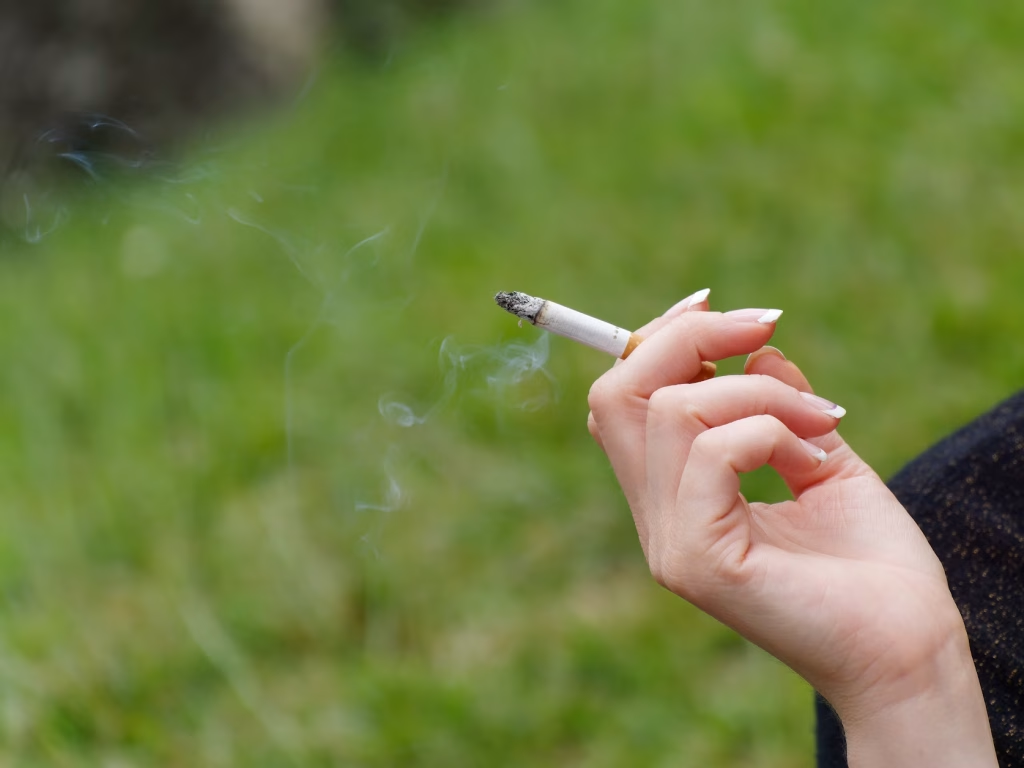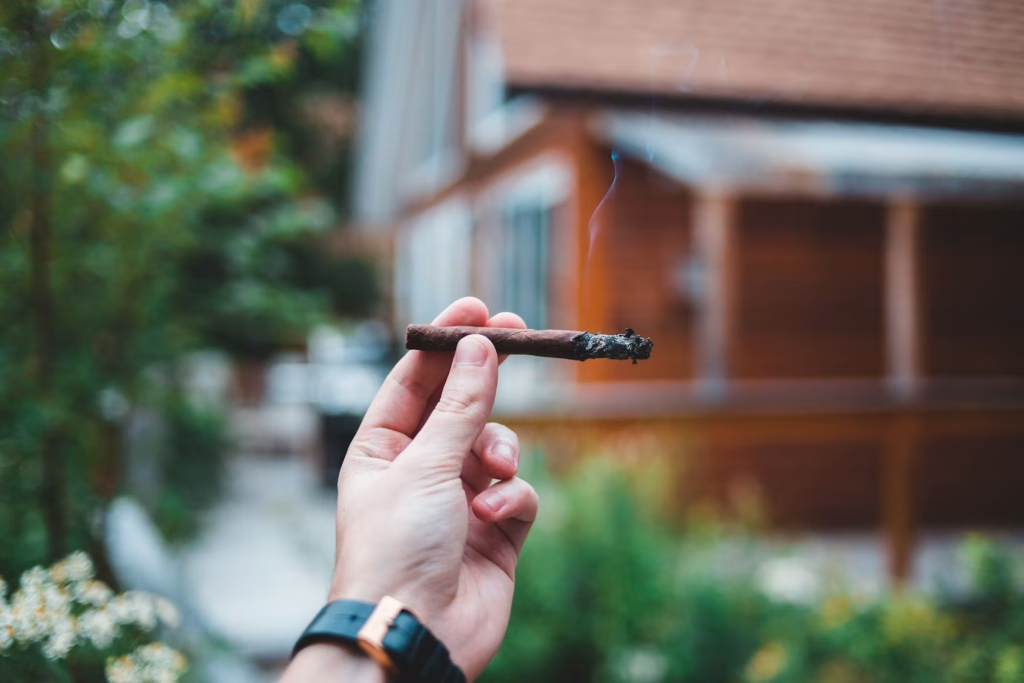
We all want to protect our children—from small bumps and bruises to more invisible threats that don’t show up until much later. One of those largely unseen dangers is secondhand smoke.
Even if you’re not the one smoking, your child may still be exposed—and the effects are more serious than many realize. From heightened risks of asthma attacks to diseases that damage young lungs, the impact is real, widespread, and entirely preventable. Thankfully, you have the power to make changes that safeguard your child’s health for years to come.
The Health Risks Are Especially High for Kids
Children’s lungs are still developing, making them particularly vulnerable to the harmful chemicals in secondhand smoke. According to both the Centers for Disease Control and Prevention (CDC), exposure can increase the likelihood of sudden infant death syndrome (SIDS), severe respiratory infections, and more intense or frequent asthma flare-ups. Babies in smoking households often face higher hospitalization rates in their first year. Because kids can’t simply “move away” from a smoky area, even brief exposure can lead to long-term issues.
Asthma and Breathing Issues: Common, Preventable Outcomes
If your child frequently coughs or wakes up wheezing at night, secondhand smoke might be part of the problem. Research from the American Lung Association highlights that inhaling secondhand smoke both triggers asthma attacks and amplifies their severity. Even for children who haven’t been diagnosed with asthma, living around smoke can bring about wheezing, breathlessness, or chronic coughing. Reducing these triggers at home not only helps them breathe better now, but also cuts down on ER visits and missed school days down the road.
There Is No Safe Level of Exposure
Cracking a window or running a fan does not magically eliminate secondhand smoke. There is no safe level of exposure—tiny toxins cling to clothes, furniture, and even hair, remaining long after a cigarette is stubbed out. This “thirdhand smoke” still carries many of the same contaminants, so you can’t rely on smell alone to gauge safety. The only surefire way to shield your child is to keep any smoking entirely away from indoor areas and shared spaces.

Smoke-Free Homes Are Essential
Compromises like smoking in a single room or just outside the door can still let harmful particles drift back inside. Kids roam the house, so restricting smoking to “one area” often isn’t enough. The HealthyChildren.org resource emphasizes that only a fully smoke-free zone, particularly in your home and car, can effectively guard against lingering chemicals. If someone in the family or a regular visitor smokes, consider setting firm rules or designating a smoking spot far from living spaces. These steps can play a big role in preserving a clean-air environment for your child.
It Can Be Hard to Quit—But Reducing Exposure Is a Start
Kicking a tobacco habit isn’t simple—it often demands time, support, and multiple attempts. Yet each bit of progress matters, whether you’re the smoker or you’re encouraging a smoking friend or relative. Think about setting up wholly smoke-free “child zones” within your home, or encourage loved ones to smoke away from the house entirely.
While the best scenario is a total smoke-free lifestyle, any reduction in exposure means fewer toxins building up in the environment. Compassionate support—rather than shaming—often motivates real change in those trying to quit.
Building a Healthier Future, One Choice at a Time
Parenting is a balancing act of countless decisions, from bedtime routines to meal planning. Being mindful of secondhand smoke is yet another way to safeguard your child’s long-term health. Every step—asking guests not to smoke, thoroughly airing out clothes, or gently nudging a spouse to smoke outside—adds up.
These efforts establish a safe space where your child can breathe, sleep, and grow without invisible contaminants threatening their lungs. If you feel discouraged, remember you’re advocating for your family’s well-being—and that’s worth every ounce of effort.
Have you dealt with secondhand smoke issues in your household? Share how you tackled the challenge or found solutions in the comments—your story may help another parent on the same path.
Read More
- 5 Natural Ways to Boost Your Immune System
- 7 Positive Parenting Tips for Building Strong Bonds With Your Kids

Samantha Warren is a holistic marketing strategist with 8+ years of experience partnering with startups, Fortune 500 companies, and everything in between. With an entrepreneurial mindset, she excels at shaping brand narratives through data-driven, creative content. When she’s not working, Samantha loves to travel and draws inspiration from her trips to Thailand, Spain, Costa Rica, and beyond.